There is so much opportunity in the hard conversations we’re all avoiding today, saving for Monday what would be better addressed on a Thursday afternoon.
Here are ten ways I have learned to find these opportunities across my career. I hope you find one or two of them worth considering.
1) See the signal in the friction
Most “heated” debates aren’t about personalities. They’re usually pointing to one of three problems: unclear goals, hidden constraints, or mismatched incentives. Treat heat as information density.
Ask one clarifying question: “What decision is blocked, and what evidence would unblock it?” Then write down the pending decision so the team can see it. Logging the question, evidence, and final call also builds institutional memory you can reuse the next time the same issue recurs.
2) Reframe from positions to problems
Positions are slogans: “We must do X.” We need to solve problems: “We need Y outcome under Z constraint.” Collapse the debate into a single sentence to force trade-offs into the open:
“We’re choosing between A and B to achieve C by D under E constraints.”
This strips ego and makes options comparable. It also exposes when people are optimizing a local win that conflicts with the company’s goal.
3) Make the conversation computable
Turn opinions into variables you can quantify and/or price: timeline, budget, risk, quality, scope. Define the unit of success up front (churn ↓1 pt, gross margin +200 bps, cycle time –20%) and ladder it to the shared goal so local objectives don’t dominate firm value. When decisions are numerate and traceable, future you and your future hires inherit a winning culture.
4) Run a 15–30 minute decision flow
Use a scriptable, repeatable cadence so tough meetings don’t drift. Create “Go-To” statements:
Frame: “We’re here to decide ___ because ___ matters.”
Facts: the 3-5 numbers that define the trade-off (fewer is often best, but you need more than one to make the argument most adroitly).
Options: 2–3 viable paths, NOT 8.
Risks: what could break, and how we cap downside.
Decision & owner: name, date, and the next two steps.
Short, well-structured calls are high-output management in miniature: bottlenecks get surfaced, constraints get respected, and owners leave with a clock and a scoreboard.
5) Ask the three momentum questions
Use these to disarm stalemates and create new, divergent ways of seeing the issue at hand:
“What would change your mind?” Sets the evidence bar.
“What are we afraid of?” Names the risk to mitigate.
“What can we reverse later?” Buys speed through reversibility.
These questions convert fear into engineering. They also counter the human tendency to overweight losses relative to gains in ambiguous situations — a big reason change stalls. Build the cap, run the reversible test, decide.
6) Turn heat into trust, fast
Separate intent from impact: “I know you’re protecting quality. The impact is schedule slip. How do we protect both?” Steel-man the other side before you argue your own. End with a small, reversible test that can teach you in days, not months. Trust compounds when people see their concerns reflected, measured, and addressed.
7) Decision hygiene that sticks
One owner. One deadline. One metric. Log the decision with the reason, not just the result, and publish the scoreboard so everyone sees the same reality. You’re building a company brain: searchable rationale, metrics linked to objectives, and a history of what worked and why.
8) Scripts that keep you out of the ditch
Keep a handful of operator phrases nearby:
“Let’s put numbers on that.”
“What constraint are we honoring with this choice?”
“What risk cap would make this acceptable?”
“What 2-week experiment would make the next step obvious?”
They nudge conversations back to evidence, constraints, risk design, and experiments — the four guardrails of productive tension.
9) Common failure modes (and fixes)
Vague goal → Restate the one-line problem and confirm it’s the question.
Scope creep → Freeze the success metric and compare options against it.
Endless debate → Set a decision deadline and a default path if no new data arrives.
Local optimization → Ladder metrics to the firm goal so team wins don’t erode company value.
Hidden incentives → Surface agency conflicts explicitly and redesign the choice (or the incentive).
10) A plan you can ship this week
Monday — Write the one-sentence problem and list three plausible options.
Tuesday — Hold a 20-minute decision meeting using the flow above.
Wednesday–Thursday — Execute a reversible test that targets the pivotal uncertainty.
Friday — Review the metric, log the decision (with reason), ship next steps.
Small, boring wins matter. Organizations that reduce cycle time at the task level see queue lengths shrink, rework fall, and first-time-right rates rise. Multiply that across teams and quarters and you get compounding throughput — no heroics required.
Why This Works
(and why drama doesn’t)
Incentives, not villains. Many “conflicts” are agency problems in disguise: reasonable people optimizing for misaligned KPIs. Traditional fixes — more meetings, louder opinions — rarely realign incentives. Better: make the trade-off explicit, price the risks, and redesign metrics so the optimal personal choice matches the optimal firm choice.
Loss aversion is real. People resist change because the possible loss is felt more strongly than an equivalent gain. You overcome this by capping downside (risk limits), lifting uncertainty with small tests, and making reversibility explicit. That’s also how you turn adoption blockers into sponsors.
Document to embed. High-quality decision logs convert tribal knowledge into organizational memory. When metrics, reasons, and outcomes live together, strategy stops resetting every time roles change, and debates start with what you’ve learned, not with what you remember.
Make it small to make it scale. Operators win by integrating “boring AI” into the flow: better summarization, cleaner handoffs, lighter admin, faster retrieval, tighter QA. These cuts are unglamorous, but they compound, and they lower the temperature in tough conversations by shifting focus from opinions to throughput.
Tie to the work, not the hype. Big models and big claims won’t rescue a sloppy meeting. A simple, repeatable cadence will. The companies that learn to run crisp, evidence-first, reversible decisions in 30 minutes beat those still arguing about philosophy in two-hour calls. This is operational excellence, not theatrics.
The 30-Minute Template
Closing Thought
Hard conversations are leverage. When you patiently make the time to develop your approach (objectives, constraints, risk caps, reversible tests, owners, dates), they become engines of clarity, speed, and trust. Tension doesn’t have to be a feature, it can be designed out altogether.
- john -
If this was useful, consider subscribing to Operating by John Brewton to get weekly operating frameworks, case studies, and field notes for leaders building in the AI era. Paid readers receive deeper playbooks and templates.
If you’d like to work together, I’ve carved out some time to work 1:1 each month with a few, top notch Founders and Operators. You can find the details here.
John Brewton documents the history and future of operating companies at Operating by John Brewton. He is a graduate of Harvard University and began his career as a Phd. student in economics at the University of Chicago. After selling his family’s B2B industrial distribution company in 2021, he has been helping business owners, founders and investors optimize their operations ever since. He is the founder of 6A East Partners, a research and advisory firm asking the question: What is the future of companies? He still cringes at his early LinkedIn posts and loves making content each and everyday, despite the protestations of his beloved wife, Fabiola, at times.


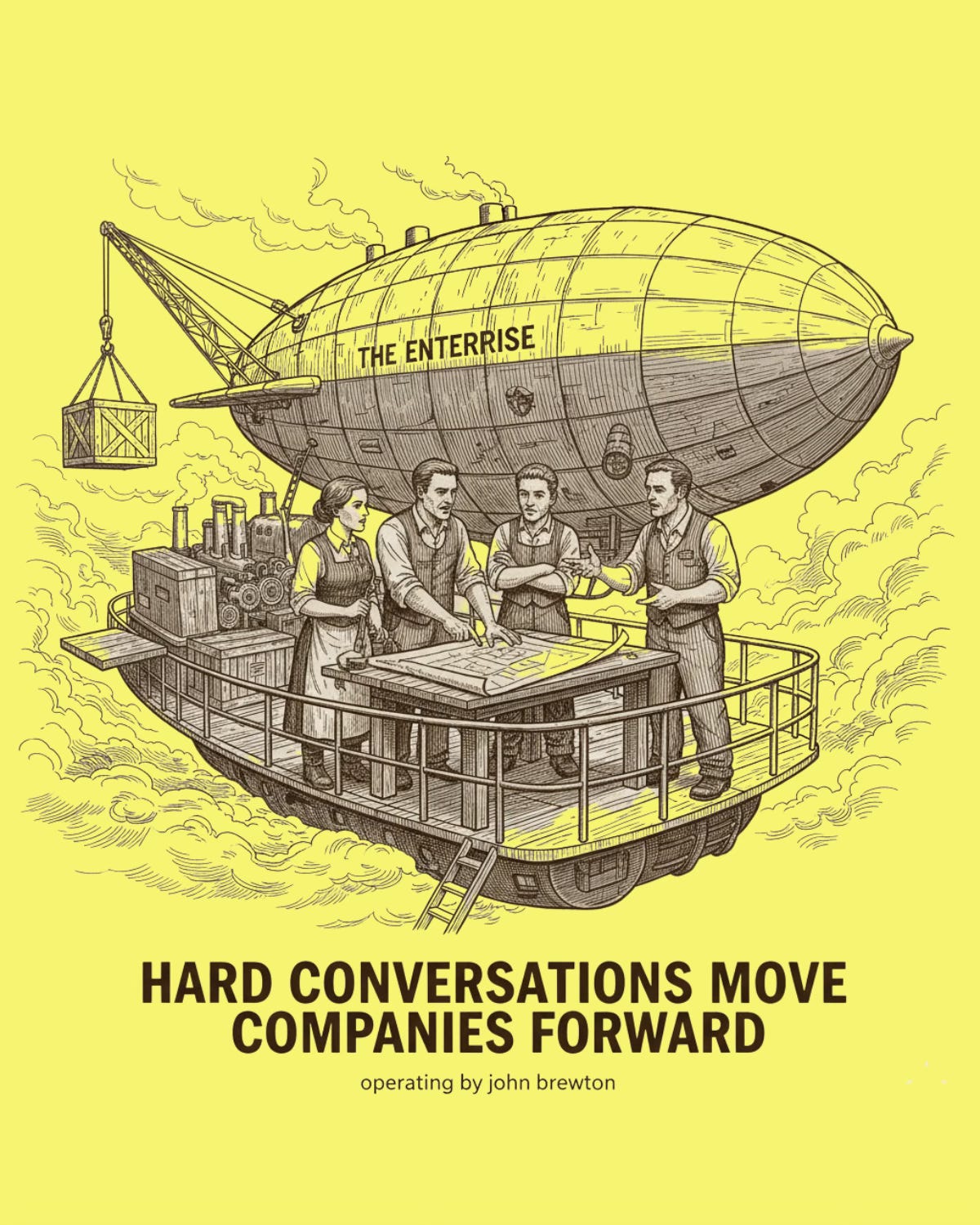
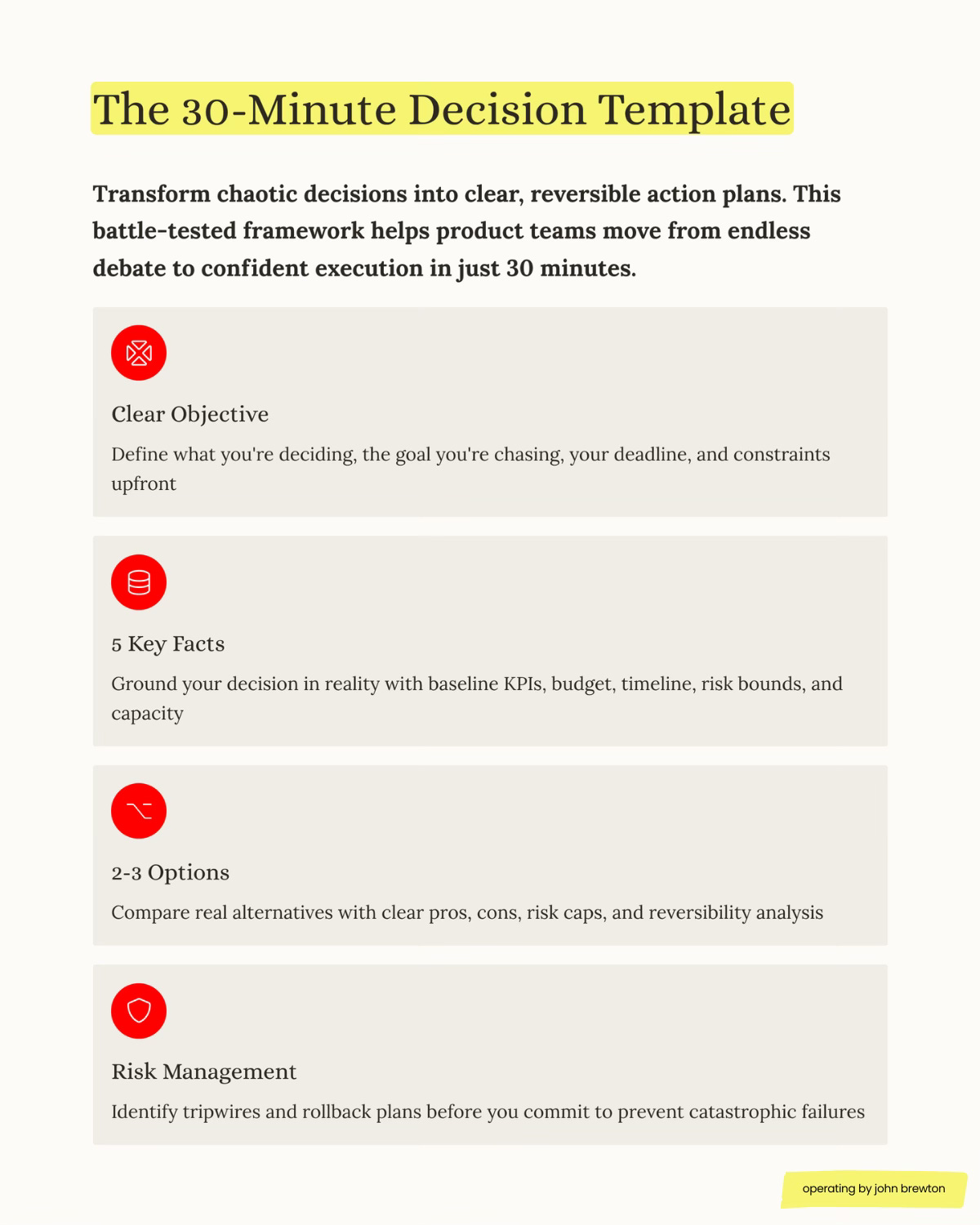
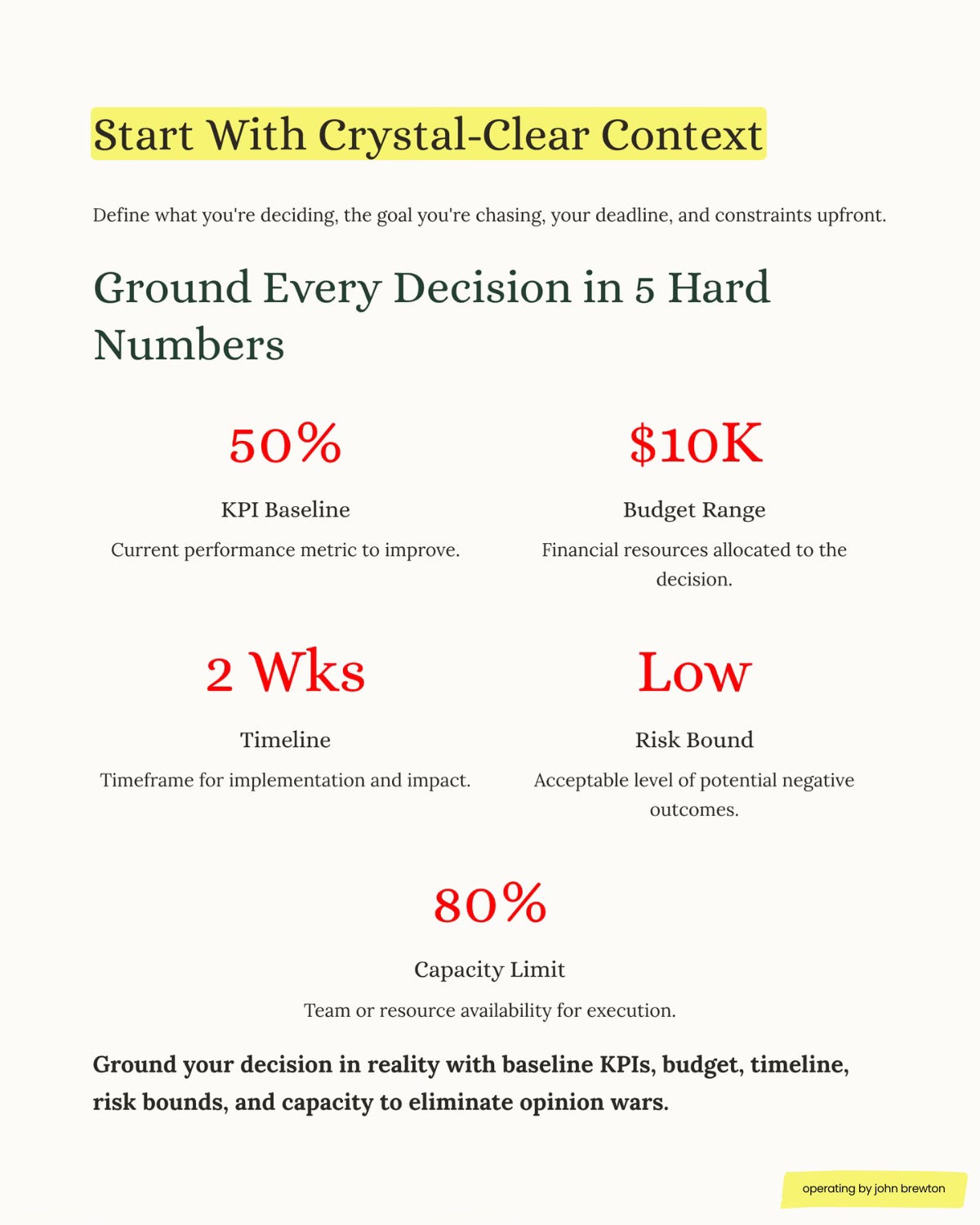
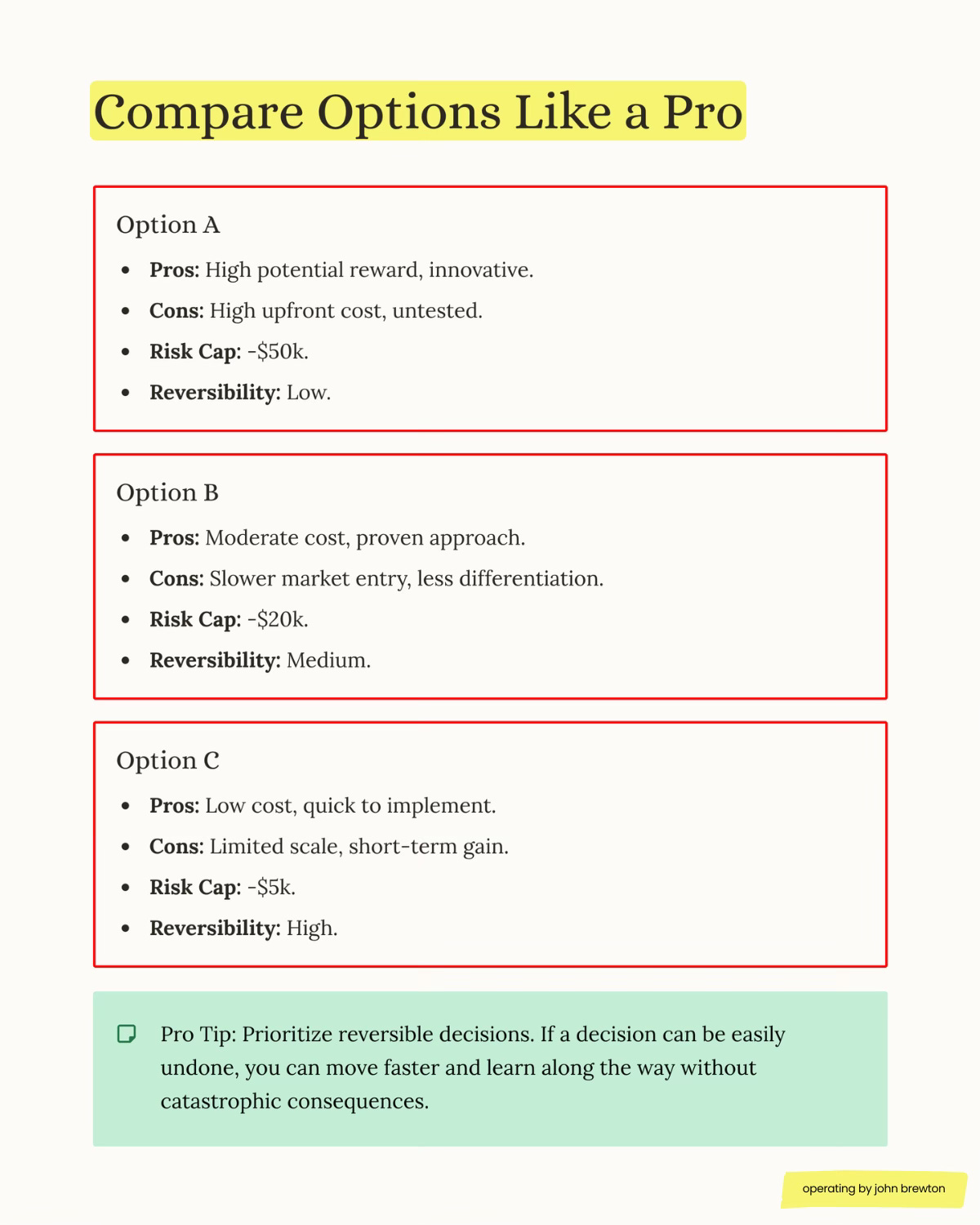
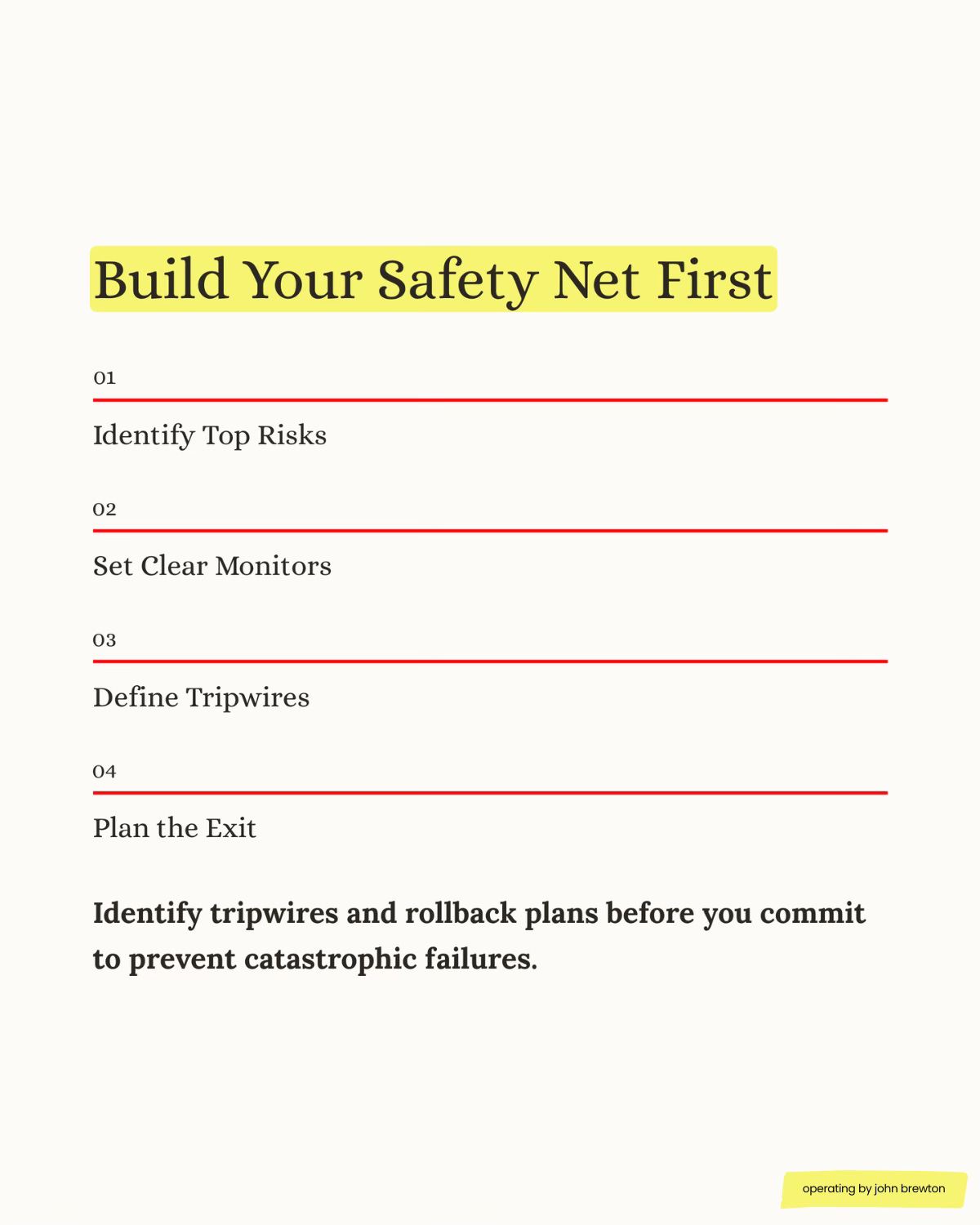
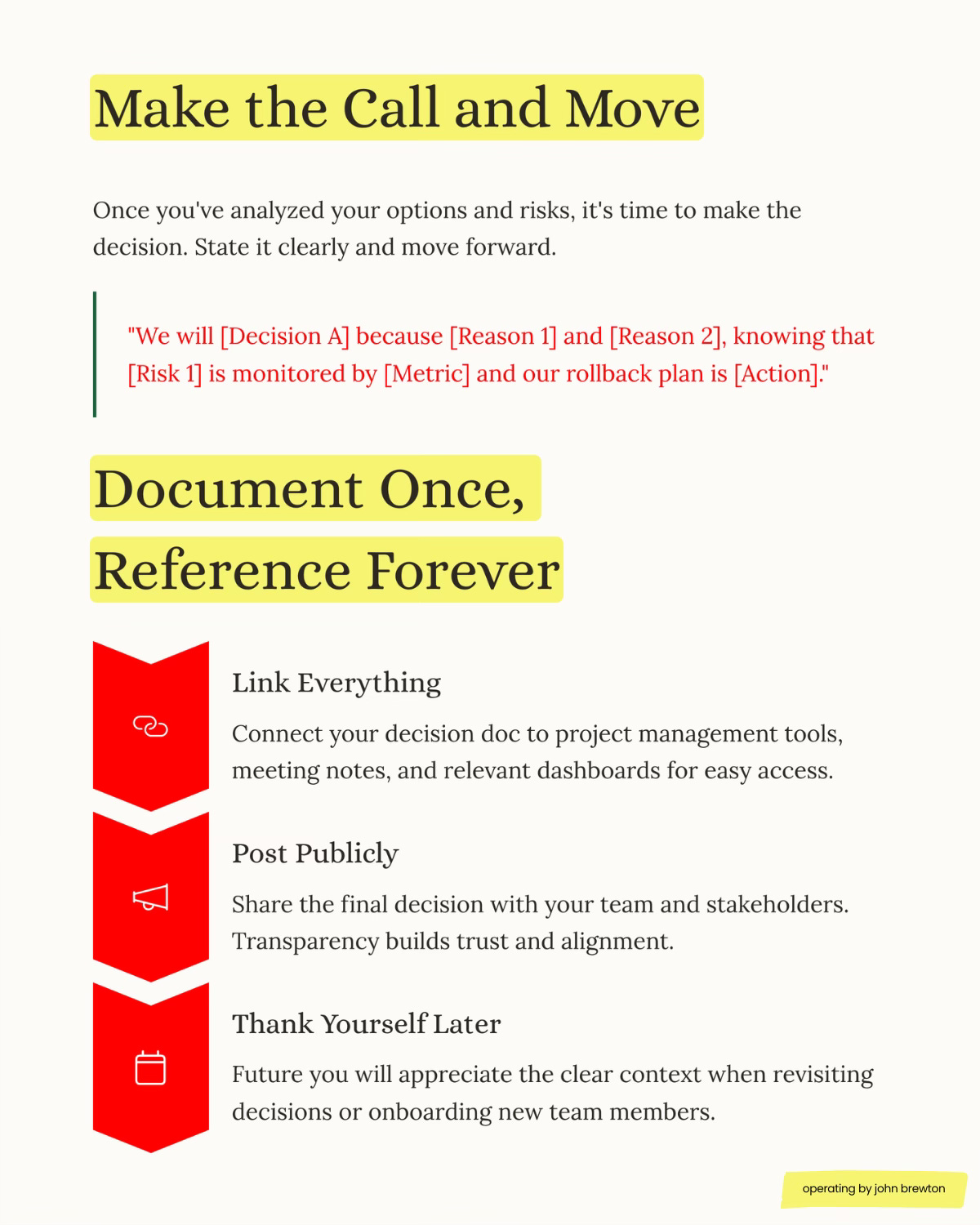
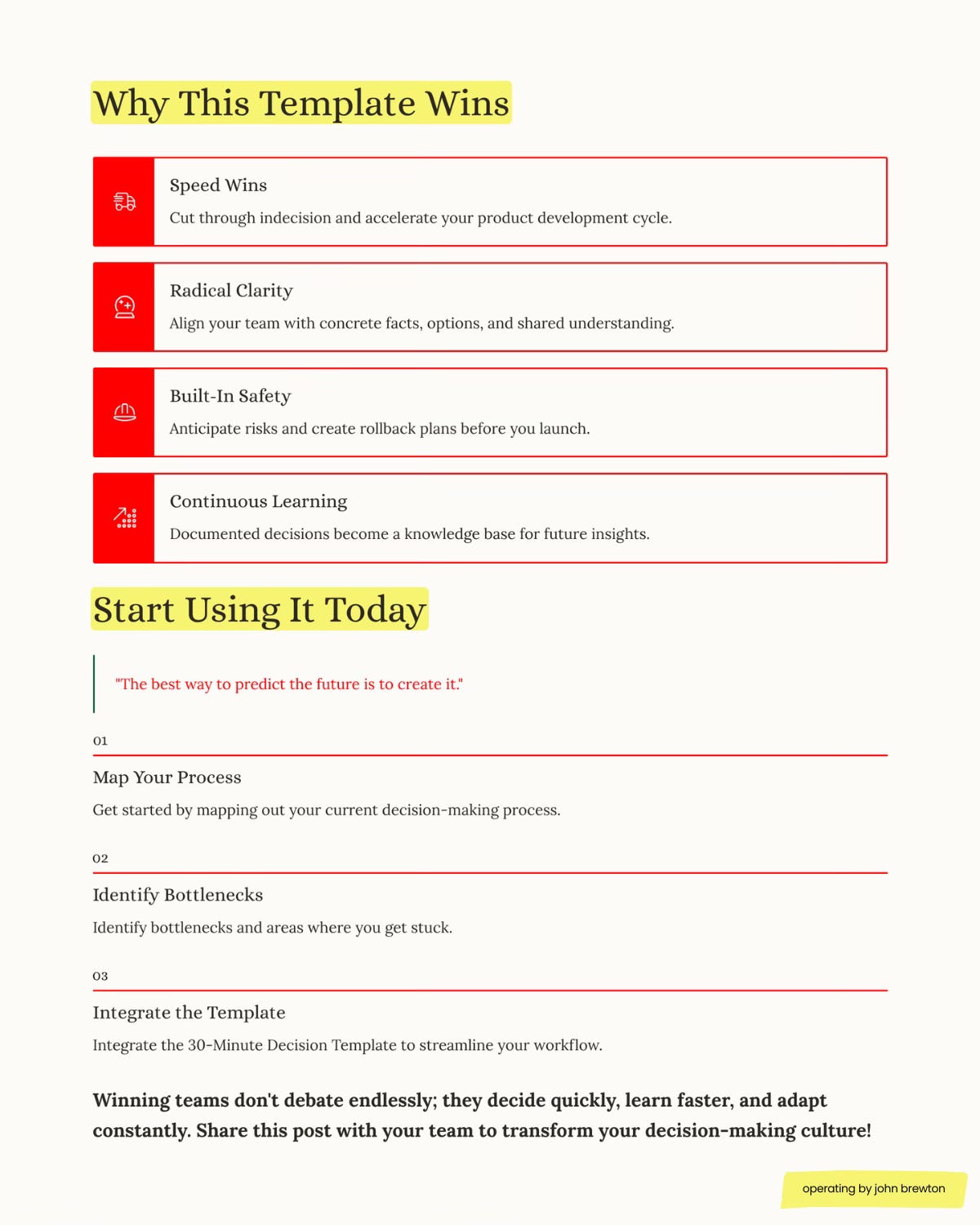
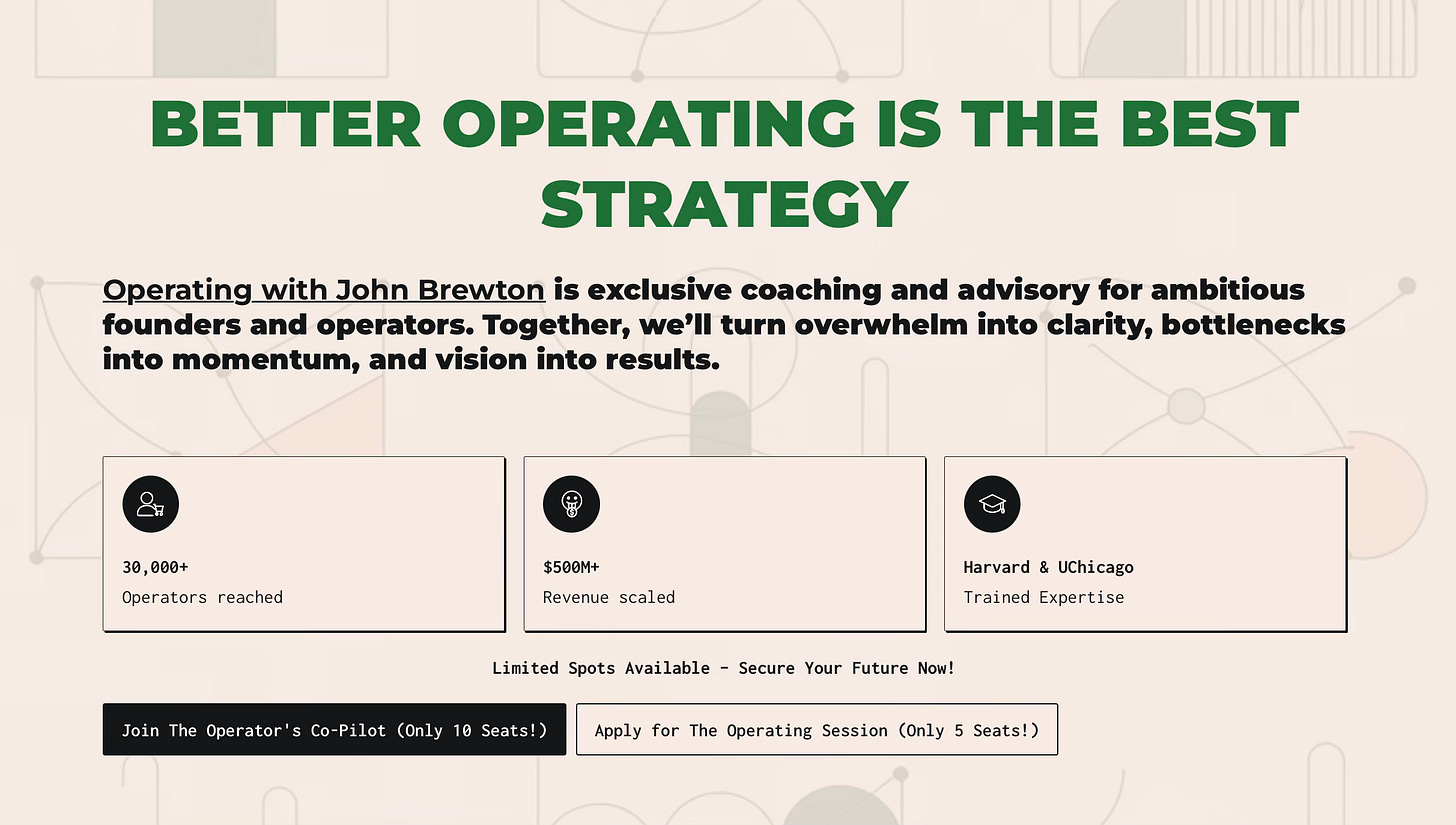

I loved the concept of a "company brain" and treating friction as a signal. At the end of the day, it's all about addressing misaligned incentives!
Brilliant insights here , especially the idea of treating friction as a signpost rather than a setback.